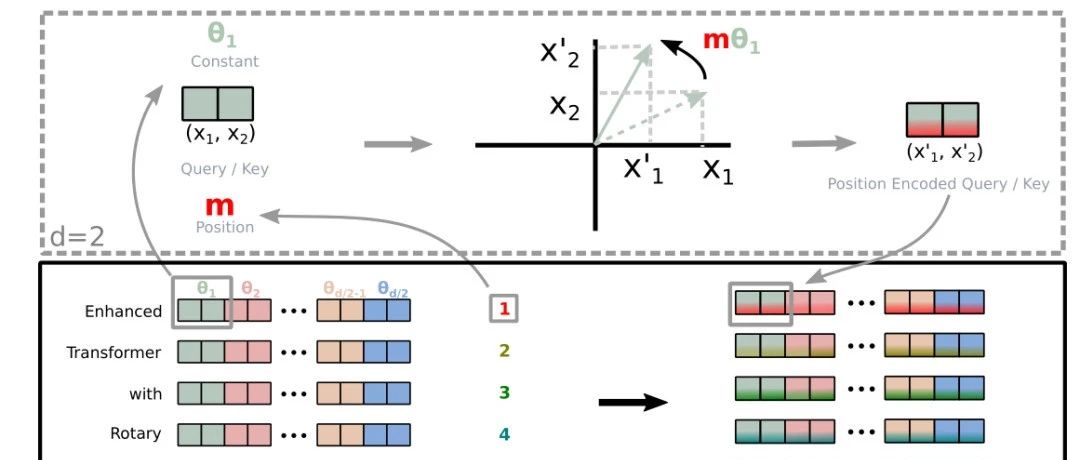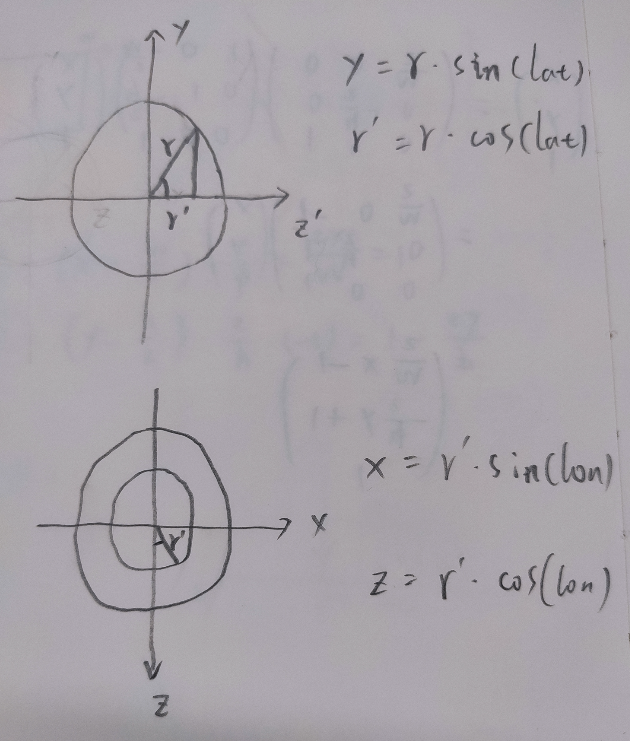存储与计划路线相关的地理坐标的最佳方法是什么?
下面是我的场景:
应用程序"A“产生与计划路线相对应的lat和长点。视路线距离而定,它可能有几千个点。我知道地理和几何数据类型,即使他们推出了SQL 2008,我还没有见过有人使用它们,也不确定使用它的好场景是什么。除了应用程序"A“生成的点外,我还需要存储与实际路由对应的App "B”中的点。在全部存储完毕后,我需要找到偏离计划路线的地方。
回答 2
Database Administration用户
发布于 2013-09-11 08:53:43
这可能是NP-完全问题,http://en.wikipedia.org/wiki/NP-complete将它与旅行推销员问题进行比较,http://en.wikipedia.org/wiki/Travelling_推销员_问题,我不确定它是否NP-完整,因为我的大学课本在存储,而且我的复杂性课程已经有一段时间了。
这并不是说我们不能仅仅使用Server空间数据类型来做一些简单的“漂移数学”,从@kenwilsondba建议的表方法开始。
一种更彻底的方法(如果不是NP-完全的话)将寻找实际路线返回到其他事情上的位置。
但是,如果我们所需要的只是简单的漂移计算,如果我们只需要简单地计算漂移,那么我们就可以使用SQL Server空间数据类型进行以下操作:如果实际路由经过,我们就可以丢弃额外的目的地;或者,如果实际路由处于运行状态,则重复最后一个实际端点,忽略路由返回的任何段,并假定停止if实际上是顺序的。
请注意,这种计算方法还惩罚了实际的路线,这些路线在开始时只偏离,在剩下的路线上从不偏离,并且奖励那些在最后点之前保持在轨道上的人。
另一个警告是,下面表设计中的字段是多余的。
默认情况下,距离计算以米为单位。
CREATE TABLE a_planned_point (
route_id INT,
stop_id INT,
lat DECIMAL(10,7),
long DECIMAL(10,7),
pointspatialdata GEOGRAPHY,
city VARCHAR(20),
state CHAR(2) )
CREATE TABLE b_actual_point (
route_id INT,
stop_id INT,
lat DECIMAL(10,7),
long DECIMAL(10,7),
pointspatialdata GEOGRAPHY,
city VARCHAR(20),
state CHAR(2) )
CREATE TABLE c_planned_segment (
route_id INT,
start_id INT,
stop_id INT,
lat_planned_stop DECIMAL(10,7),
long_planned_stop DECIMAL(10,7),
city_planned VARCHAR(20),
state_planned CHAR(2),
segmentspatialdata GEOGRAPHY)
CREATE TABLE d_actual_segment (
route_id INT,
start_id INT,
stop_id INT,
lat_actual_stop DECIMAL(10,7),
long_actual_stop DECIMAL(10,7),
city_actual VARCHAR(20),
state_actual CHAR(2),
segmentspatialdata GEOGRAPHY)
CREATE TABLE e_drift_segment (
route_id INT,
planned_stop_id INT,
actual_stop_id INT,
lat_planned_stop DECIMAL(10,7),
long_planned_stop DECIMAL(10,7),
city_planned VARCHAR(20),
state_planned CHAR(2),
lat_actual_stop DECIMAL(10,7),
long_actual_stop DECIMAL(10,7),
city_actual VARCHAR(20),
state_actual CHAR(2),
distance_drift FLOAT,
segmentspatialdata GEOGRAPHY)
INSERT INTO a_planned_point (route_id, stop_id, lat, long, pointspatialdata, city, state) VALUES
(1, 0, 33.93, -118.40, CAST('POINT(-118.40 33.93)' AS GEOGRAPHY), 'Los Angeles', 'CA'),
(1, 1, 33.43, -112.02, CAST('POINT(-112.02 33.43)' AS GEOGRAPHY), 'Phoenix', 'AZ'),
(1, 2, 39.75, -104.87, CAST('POINT(-104.87 39.75)' AS GEOGRAPHY), 'Denver', 'CO'),
(1, 3, 25.82, -80.28, CAST('POINT(-80.28 25.82)' AS GEOGRAPHY), 'Miami Intl', 'FL'),
(1, 4, 40.77, -73.98, CAST('POINT(-73.98 40.77)' AS GEOGRAPHY), 'New York', 'NY'),
(1, 5, 42.37, -71.03, CAST('POINT(-71.03 42.37)' AS GEOGRAPHY), 'Boston', 'MA')
INSERT INTO b_actual_point (route_id, stop_id, lat, long, pointspatialdata, city, state) VALUES
(1, 0, 33.93, -118.40, CAST('POINT(-118.40 33.93)' AS GEOGRAPHY), 'Los Angeles', 'CA'),
(1, 1, 39.75, -104.87, CAST('POINT(-104.87 39.75)' AS GEOGRAPHY), 'Denver', 'CO'),
(1, 2, 33.43, -112.02, CAST('POINT(-112.02 33.43)' AS GEOGRAPHY), 'Phoenix', 'AZ'),
(1, 3, 25.82, -80.28, CAST('POINT(-80.28 25.82)' AS GEOGRAPHY), 'Miami Intl', 'FL'),
(1, 4, 40.77, -73.98, CAST('POINT(-73.98 40.77)' AS GEOGRAPHY), 'New York', 'NY')
INSERT INTO c_planned_segment (
route_id,
start_id,
stop_id,
lat_planned_stop,
long_planned_stop,
city_planned,
state_planned,
segmentspatialdata
)
SELECT
x.route_id,
x.stop_id,
y.stop_id,
y.lat,
y.long,
y.city,
y.state,
CAST('LINESTRING(' + CAST(x.long AS VARCHAR) +' '+ CAST(x.lat AS VARCHAR) +', '+
CAST(y.long AS VARCHAR) +' '+ CAST(y.lat AS VARCHAR) + ')' AS GEOGRAPHY) AS segmentspatialdata
FROM
a_planned_point x
LEFT OUTER JOIN
a_planned_point y
ON
y.stop_id = x.stop_id + 1
WHERE
y.stop_id IS NOT NULL
and
x.route_id = 1
ORDER BY x.stop_id
INSERT INTO d_actual_segment (
route_id,
start_id,
stop_id,
lat_actual_stop,
long_actual_stop,
city_actual,
state_actual,
segmentspatialdata
)
SELECT
x.route_id,
x.stop_id,
y.stop_id,
y.lat,
y.long,
y.city,
y.state,
CAST('LINESTRING(' + CAST(x.long AS VARCHAR) +' '+ CAST(x.lat AS VARCHAR) +', '+
CAST(y.long AS VARCHAR) +' '+ CAST(y.lat AS VARCHAR) + ')' AS GEOGRAPHY) AS segmentspatialdata
FROM
b_actual_point x
LEFT OUTER JOIN
b_actual_point y
ON
y.stop_id = x.stop_id + 1
WHERE
y.stop_id IS NOT NULL
and
x.route_id = 1
ORDER BY x.stop_id
INSERT INTO e_drift_segment (
route_id,
planned_stop_id,
actual_stop_id,
lat_planned_stop,
long_planned_stop,
city_planned,
state_planned,
lat_actual_stop,
long_actual_stop,
city_actual,
state_actual,
distance_drift,
segmentspatialdata
)
SELECT
x.route_id,
x.stop_id,
y.stop_id,
x.lat,
x.long,
x.city,
x.state,
y.lat,
y.long,
y.city,
y.state,
x.pointspatialdata.STDistance(y.pointspatialdata),
CAST('LINESTRING(' + CAST(x.long AS VARCHAR) +' '+ CAST(x.lat AS VARCHAR) +', '+
CAST(y.long + 0.0000001 AS VARCHAR) +' '+ CAST(y.lat AS VARCHAR) + ')' AS GEOGRAPHY) AS segmentspatialdata
FROM
a_planned_point x
LEFT OUTER JOIN
b_actual_point y
ON
y.stop_id = x.stop_id
WHERE
x.stop_id IS NOT NULL
and
y.stop_id IS NOT NULL
and
x.route_id = 1
ORDER BY x.stop_id要找出米的总漂移量:
select sum(distance_drift) from e_drift_segment where route_id = 1要同时在Server "Spatial结果“选项卡中显示计划的、实际的和漂移的路由段,请执行以下操作:
select segmentspatialdata from c_planned_segment where route_id = 1
union all
select segmentspatialdata from d_actual_segment where route_id = 1
union all
select segmentspatialdata from e_drift_segment where route_id = 1Database Administration用户
发布于 2013-09-10 06:12:42
建议使用两个表。表A为计划路线,表B为实际路线。一旦填充了这两个表,就可以在某种标识符上加入这两个表,并使用STDistance方法来确定偏差。在这种情况下,我认为还有许多其他方法是有用的。
https://dba.stackexchange.com/questions/49594
复制相似问题











